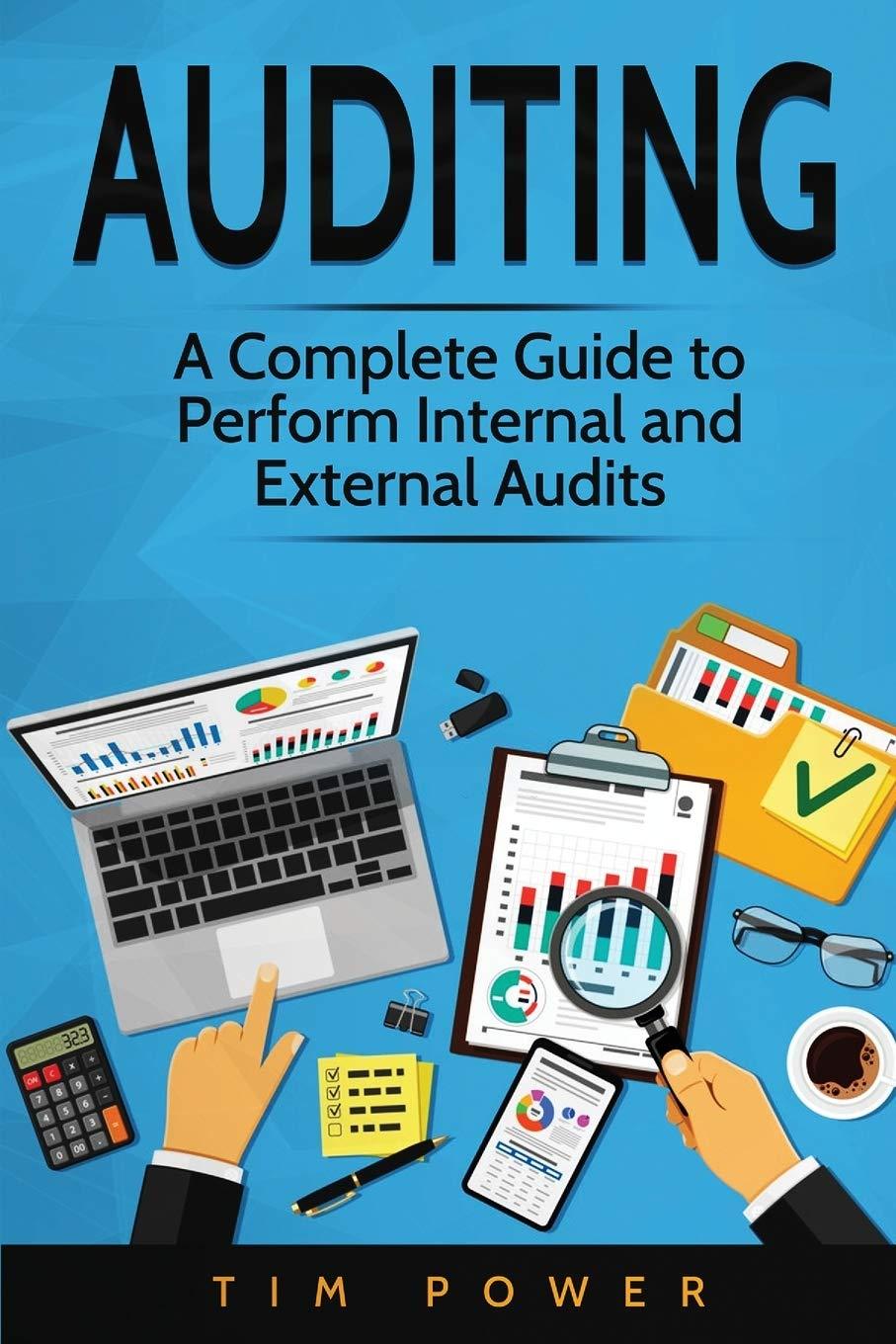REVIEW o ln d Things You Should Know > 1. How do we prepare financial statements? Financial statements are order prepared from the adjusted trial balance in the following 1. Income statement-reports revenues net loss during the period 2. Statement of owner's equity-shows how capital changed during the period due to owner contributions, net income or net loss, and owner withdrawals 3. Balance sheet-reports assets, liabilities, and owner's equity as of the last day of the period A classified balance sheet classifies each asset and each liability into specific categoris and expenses and calculates net income or 2. How could a worksheet help in preparing financial statements? The columns of a worksheet can be extended to help in preparing the financial statements. The income statement section will include only revenue and expense accounts The balance sheet section will include asset and liability accounts and all equity uoaccounts except revenues and expenses. 3. What is the closing process, and how do we close the accounts? The closing process consists of zeroing out all temporary accounts (revenues, expenses Income Summary, and Owner, Withdrawals) in order to get the accounts ready for the next period. The closing process also updates the Owner, Capital account balance for net income or net loss during the period and any withdrawals paid to the owner. There are four steps in the closing process: 1. Make the revenue accounts zero via the Income Summary account. 2. Make the expense accounts zero via the Income Summary account. equal 3. Make the Income Summary zero via the Owner, Capital account account 4. Make the Owner, Withdrawals account equal zero via the Owner, Capital account. Completing the Accounting 4. How do we prepare a post-closing trial balance? A post-closing trial balance is prepared after the closing entries are recorded and posted to the ledger It contains only assets, liabilities and Owner, Capital accounts (permanent accounts). S. What is the accounting cycle? .The accounting cycle is the process by which companies produce their financial statements for a specific period. 1. Start with the beginning account balances. 2. Analyze and journalize transactions as they occur. 3, Post journal entries to the accounts. . Compute the unadjusted balance in each account, and prepare the unadjusted trial balance. 5. Enter the unadjusted trial balance on the worksheet, and complete the worksheet (optional). 6. Journalize and post adjusting entries 7.Prepare the adjusted trial balance. 8. Prepare the financial statements 9.Journalize and post the closing entries. 10. Prepare the post-closing trial balance. 6. How do we use the current ratio to evaluate business performance? The current ratio measures a company's ability to pay its current liabilities with its current assets. Total current assets /Total current liabilities. Current ratio = 7. What are reversing entries? (Appendix 4A) Reversing entries are special journal entries that ease the burden of accounting for transactions in a later-period. Reversing entries are the exact oppasite of certain adjusting entries and are used only for accrual adjusting entries edap REVIEW o ln d Things You Should Know > 1. How do we prepare financial statements? Financial statements are order prepared from the adjusted trial balance in the following 1. Income statement-reports revenues net loss during the period 2. Statement of owner's equity-shows how capital changed during the period due to owner contributions, net income or net loss, and owner withdrawals 3. Balance sheet-reports assets, liabilities, and owner's equity as of the last day of the period A classified balance sheet classifies each asset and each liability into specific categoris and expenses and calculates net income or 2. How could a worksheet help in preparing financial statements? The columns of a worksheet can be extended to help in preparing the financial statements. The income statement section will include only revenue and expense accounts The balance sheet section will include asset and liability accounts and all equity uoaccounts except revenues and expenses. 3. What is the closing process, and how do we close the accounts? The closing process consists of zeroing out all temporary accounts (revenues, expenses Income Summary, and Owner, Withdrawals) in order to get the accounts ready for the next period. The closing process also updates the Owner, Capital account balance for net income or net loss during the period and any withdrawals paid to the owner. There are four steps in the closing process: 1. Make the revenue accounts zero via the Income Summary account. 2. Make the expense accounts zero via the Income Summary account. equal 3. Make the Income Summary zero via the Owner, Capital account account 4. Make the Owner, Withdrawals account equal zero via the Owner, Capital account. Completing the Accounting 4. How do we prepare a post-closing trial balance? A post-closing trial balance is prepared after the closing entries are recorded and posted to the ledger It contains only assets, liabilities and Owner, Capital accounts (permanent accounts). S. What is the accounting cycle? .The accounting cycle is the process by which companies produce their financial statements for a specific period. 1. Start with the beginning account balances. 2. Analyze and journalize transactions as they occur. 3, Post journal entries to the accounts. . Compute the unadjusted balance in each account, and prepare the unadjusted trial balance. 5. Enter the unadjusted trial balance on the worksheet, and complete the worksheet (optional). 6. Journalize and post adjusting entries 7.Prepare the adjusted trial balance. 8. Prepare the financial statements 9.Journalize and post the closing entries. 10. Prepare the post-closing trial balance. 6. How do we use the current ratio to evaluate business performance? The current ratio measures a company's ability to pay its current liabilities with its current assets. Total current assets /Total current liabilities. Current ratio = 7. What are reversing entries? (Appendix 4A) Reversing entries are special journal entries that ease the burden of accounting for transactions in a later-period. Reversing entries are the exact oppasite of certain adjusting entries and are used only for accrual adjusting entries edap








